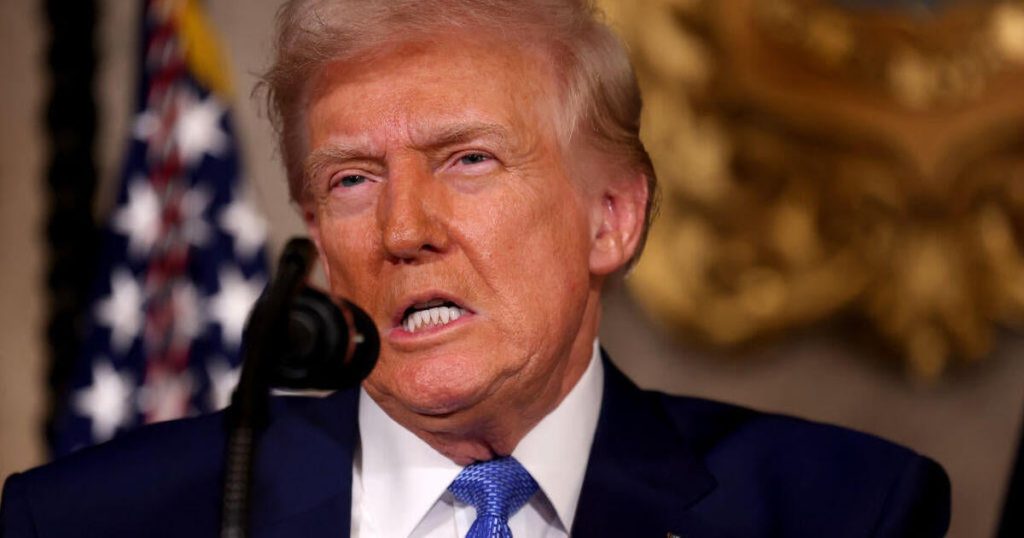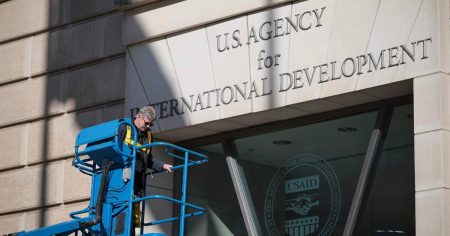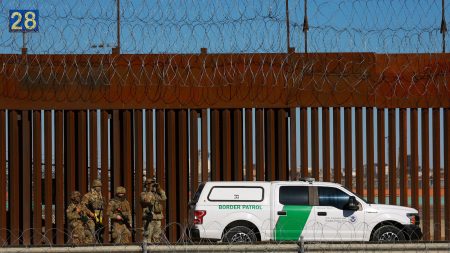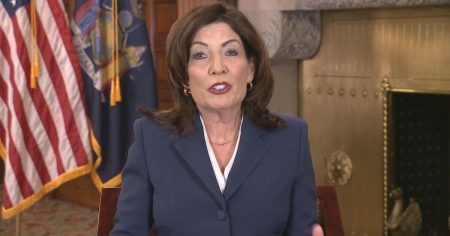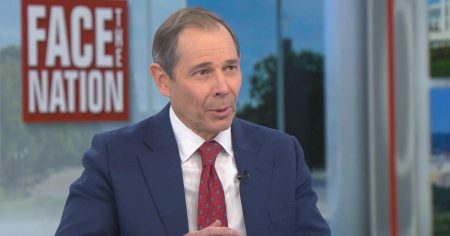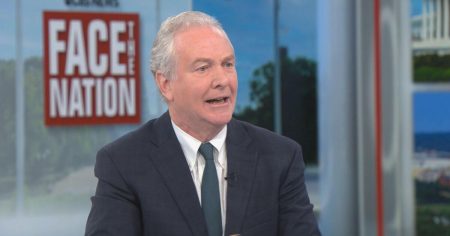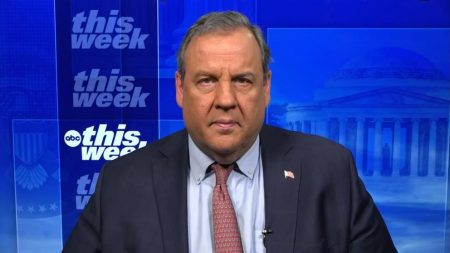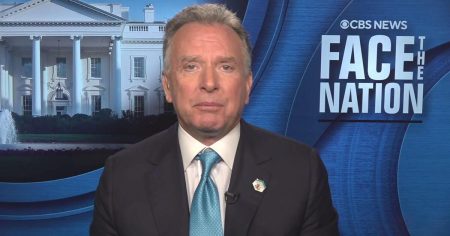Federal Workforce Under Scrutiny: Trump’s Policies and the Legal Pushback
The federal workforce has become a focal point of debate under President Trump’s administration, with recent policies aimed at reducing its size sparking both legal challenges and political concerns. At the heart of this debate are initiatives that include the firing of probationary employees, a deferred resignation program, and large-scale reductions in force. These measures, while intended to streamline government operations, have raised eyebrows among lawmakers and unions alike, who argue that they violate federal law and the principles of separation of powers.
The Legal Battle: Unions vs. The White House
A group of five labor unions representing federal workers recently sought relief from U.S. District Judge Christopher Cooper, requesting a temporary block on President Trump’s workforce reduction initiatives. The unions argued that the president’s actions, including the termination of probationary employees, the implementation of a deferred resignation program, and plans for significant workforce reductions, were illegal and exceeded his authority. However, Judge Cooper, appointed by former President Obama, ruled that he lacked jurisdiction over the claims, directing the unions to pursue their challenges through the legal framework established by the Federal Service Labor-Management Relations Statute.
The deferred resignation program, a key point of contention, allowed federal employees to resign their positions while retaining full pay and benefits until September 30. Approximately 75,000 employees accepted this offer before the February 12 deadline, according to the White House. This program, along with the other initiatives, has been criticized by unions as an overreach of executive power, claiming that they infringe upon the rights of federal workers and undermine the balance of power in government.
Senator Murkowski Speaks Out: A Republican Voice of Caution
Republican Senator Lisa Murkowski of Alaska has joined the chorus of concern, expressing unease over President Trump’s approach to the federal workforce. Murkowski, known for her independent stance and commitment to bipartisanship, has raised alarms about the potential impact of these policies on both federal employees and the functioning of the government. Her concerns echo those of labor unions and legal experts, who fear that the president’s actions could set a dangerous precedent for future administrations, eroding the stability and independence of the federal workforce.
Murkowski’s remarks highlight the broader implications of the president’s policies, which extend beyond the immediate legal challenges. She emphasizes the importance of maintaining a professional and apolitical civil service, a cornerstone of effective governance. Her concerns are not merely about the legality of the president’s actions but also about the long-term consequences for government operations and the morale of federal employees.
The Unions’ Fight: Protecting Workers’ Rights
The five labor unions involved in the legal challenge represent a significant portion of the federal workforce, and their fight is emblematic of the broader struggle over workers’ rights in the public sector. The unions argue that the president’s initiatives are not only illegal but also harmful to the dedicated public servants who make up the federal workforce. They contend that the policies create an environment of uncertainty and fear, undermining the job security and morale of federal employees.
The unions’ legal challenge is rooted in their belief that the president’s actions violate the separation of powers and federal labor laws. They argue that while the president has some authority over the federal workforce, this authority is not absolute and must be exercised in accordance with the law. The unions are seeking to protect the rights of federal workers and ensure that any workforce reductions or changes in employment policies are carried out fairly and lawfully.
The Broader Implications: Governance and the Civil Service
The debate over President Trump’s workforce reduction policies raises important questions about the role of the executive branch in managing the federal workforce and the balance of power in government. The president’s initiatives have been met with resistance not only from labor unions but also from lawmakers like Senator Murkowski, who are concerned about the potential erosion of the civil service system.
The civil service system, designed to ensure that federal employees are hired and promoted based on merit rather than political connections, is a cornerstone of effective and impartial governance. President Trump’s policies, particularly the deferred resignation program and the firing of probationary employees, have been criticized for undermining this system and creating a more political and unstable work environment.
As the legal battle over these policies continues, the broader implications for governance and the civil service system remain a central concern. The outcome of this debate will have far-reaching consequences for federal employees, the functioning of government, and the balance of power in Washington. It will also set a precedent for how future administrations approach workforce management, potentially shaping the nature of the federal workforce for years to come.
In conclusion, the ongoing debate over President Trump’s workforce reduction policies highlights the complex interplay between the executive branch, Congress, and the judiciary in shaping the federal workforce. The legal pushback from labor unions, coupled with the concerns raised by Senator Murkowski, underscores the significance of this issue and its potential impact on governance, workers’ rights, and the civil service system. As the legal proceedings continue, all eyes will be on how these policies are ultimately resolved and what they mean for the future of the federal workforce.





